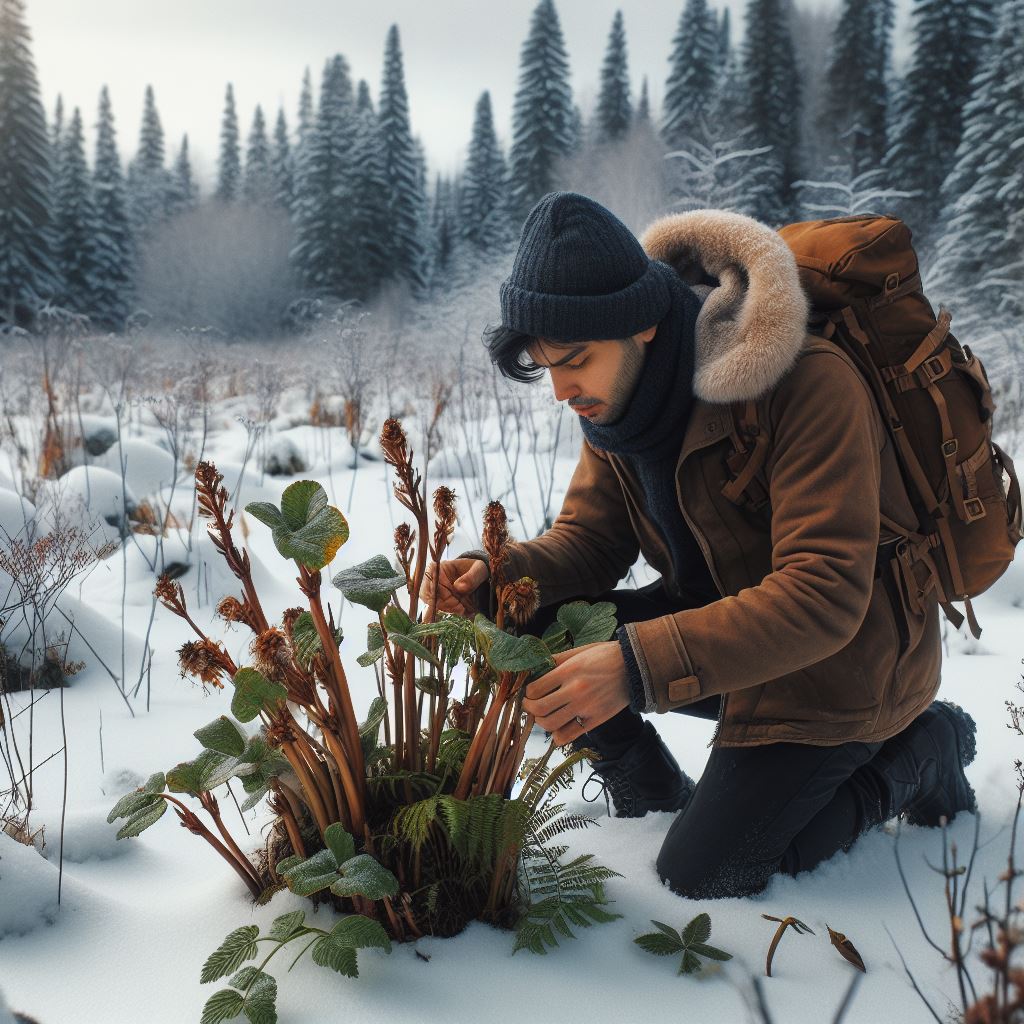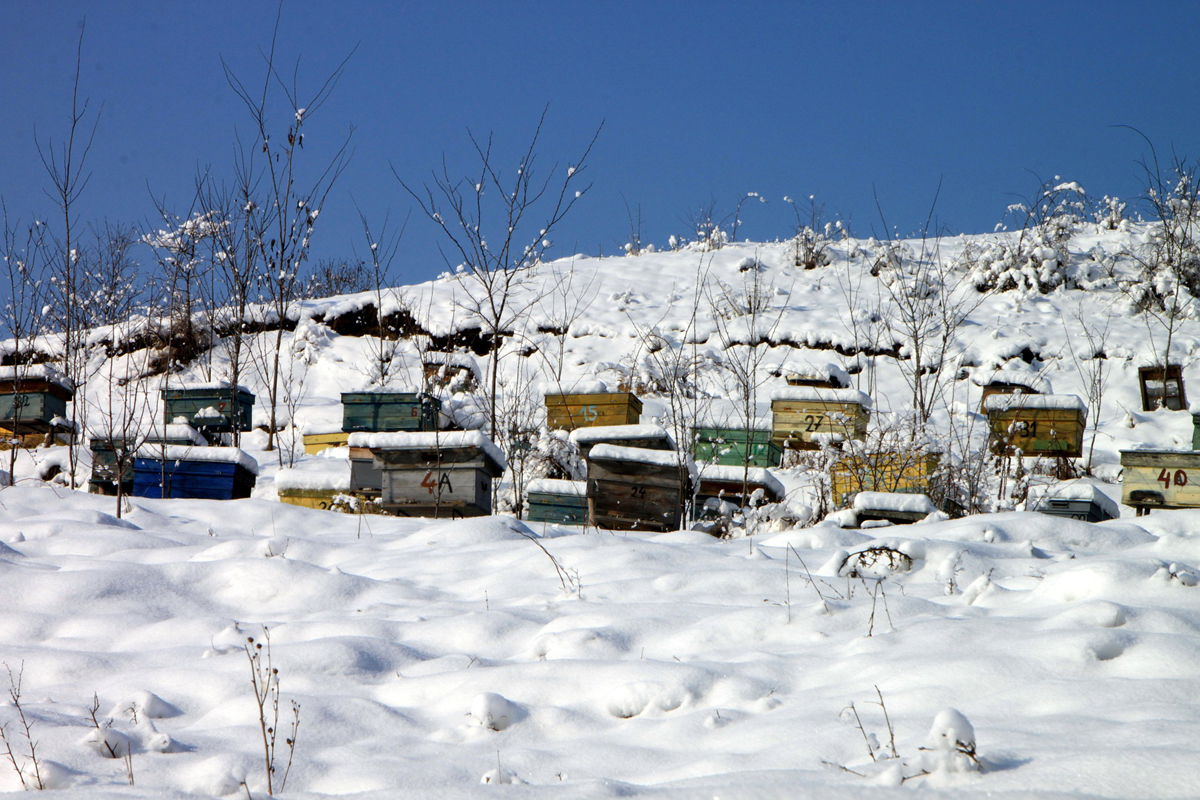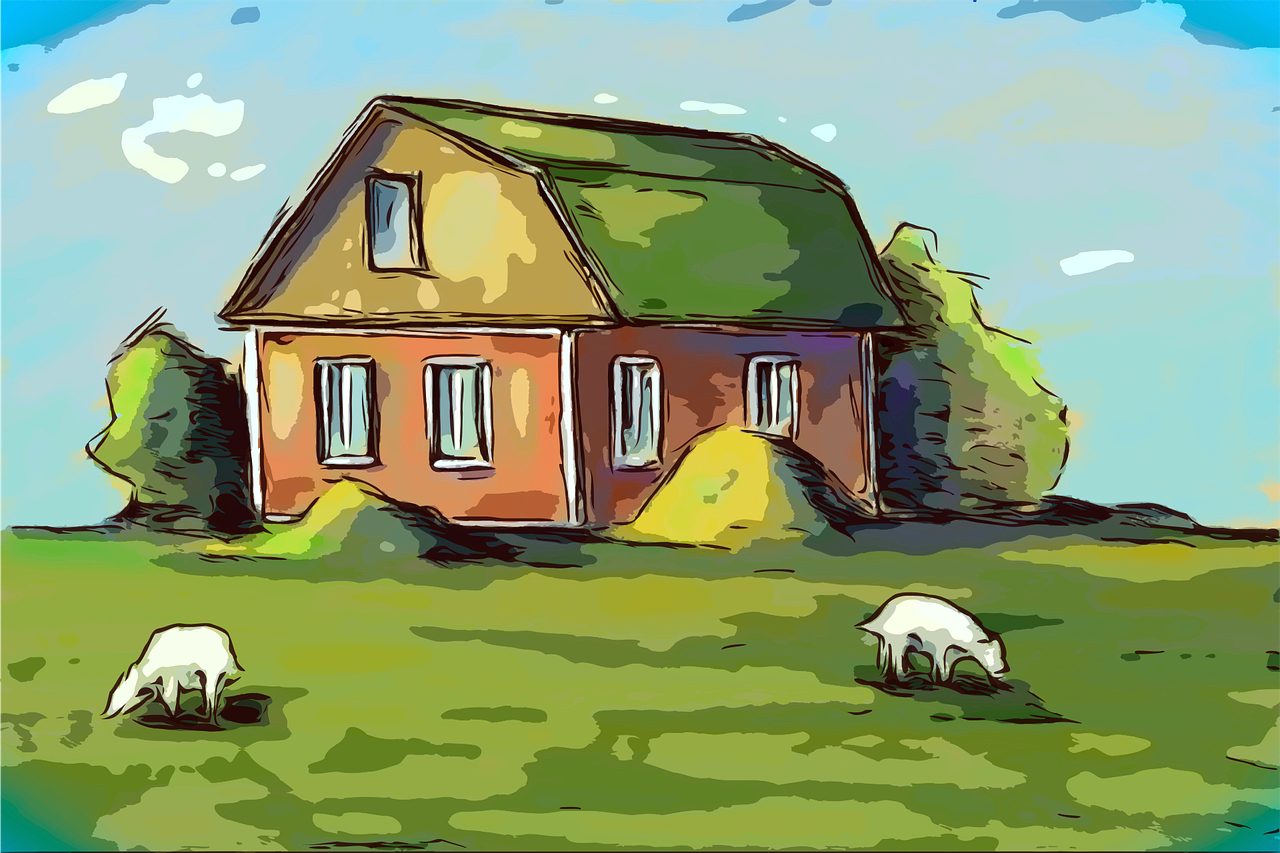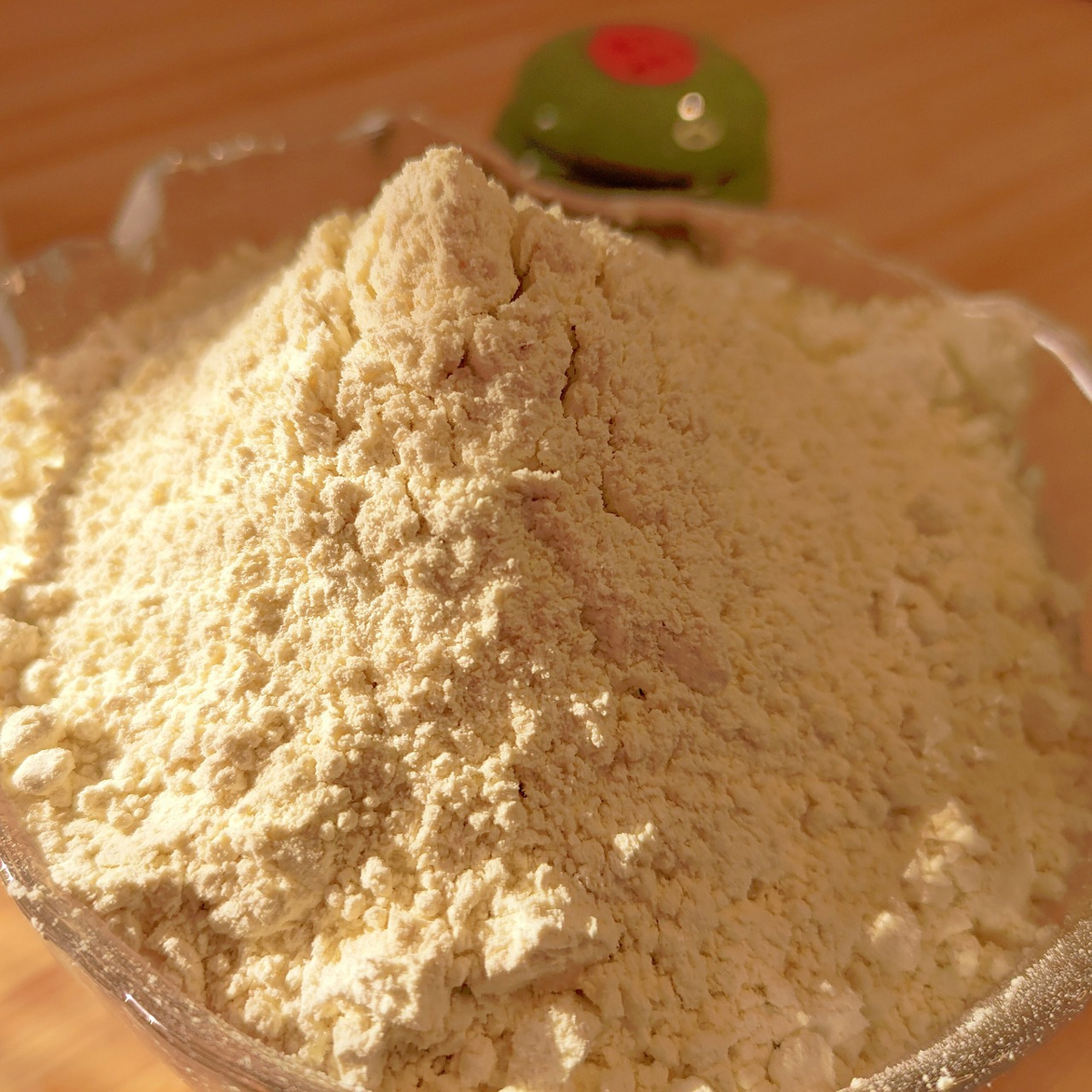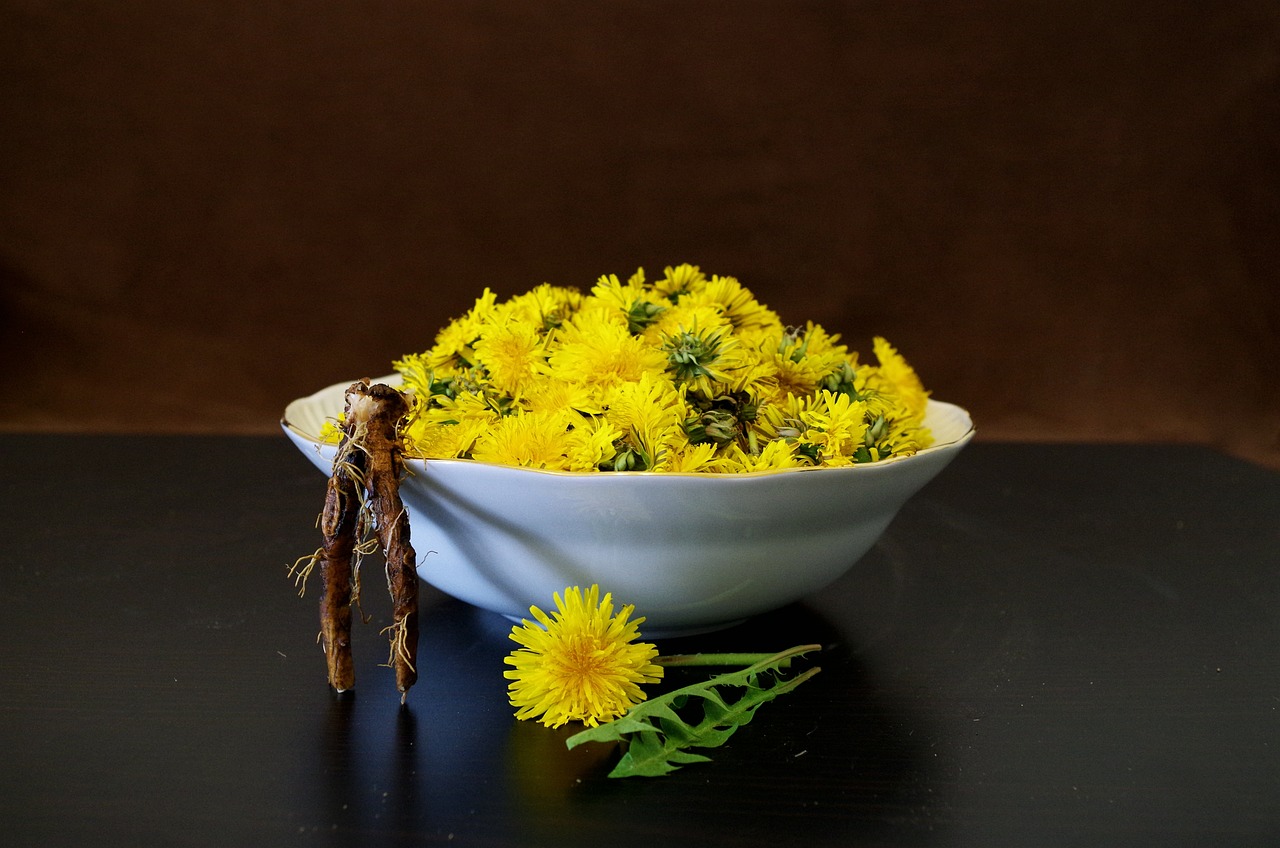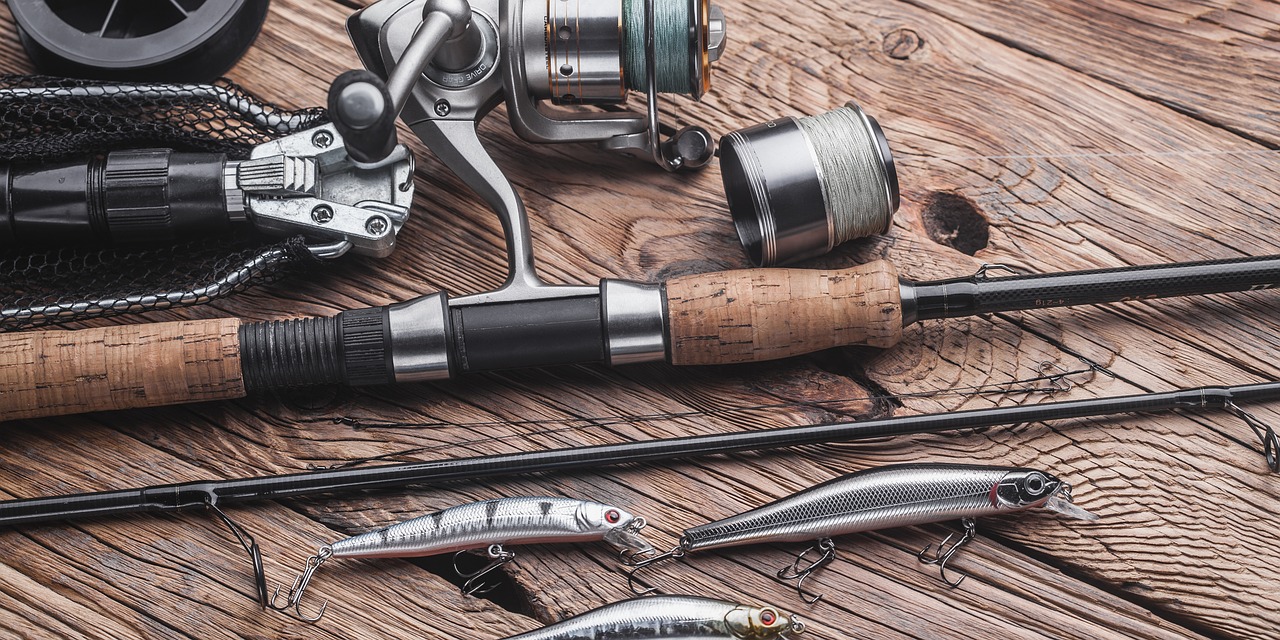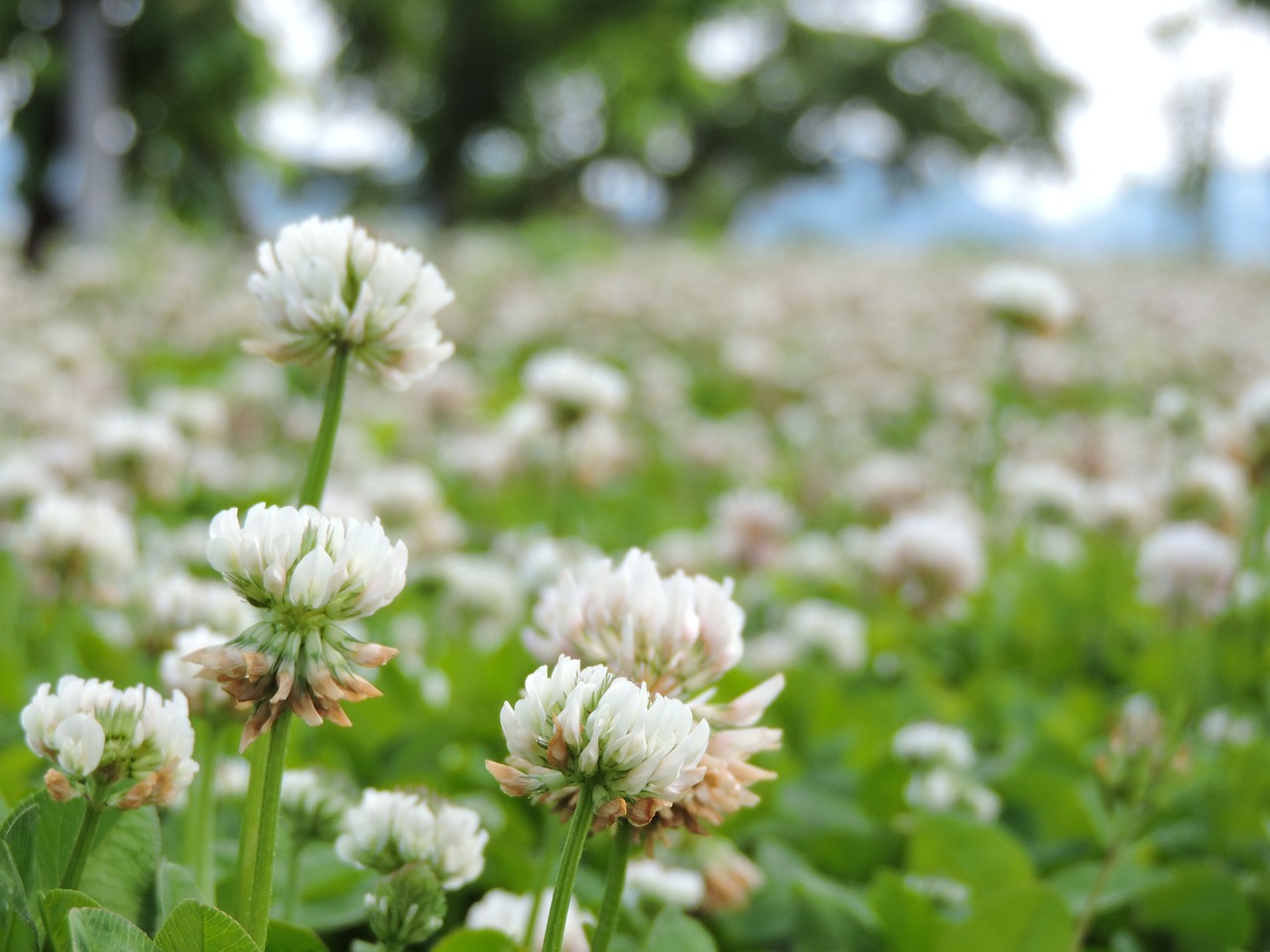Planting Trees for Timber and Shade
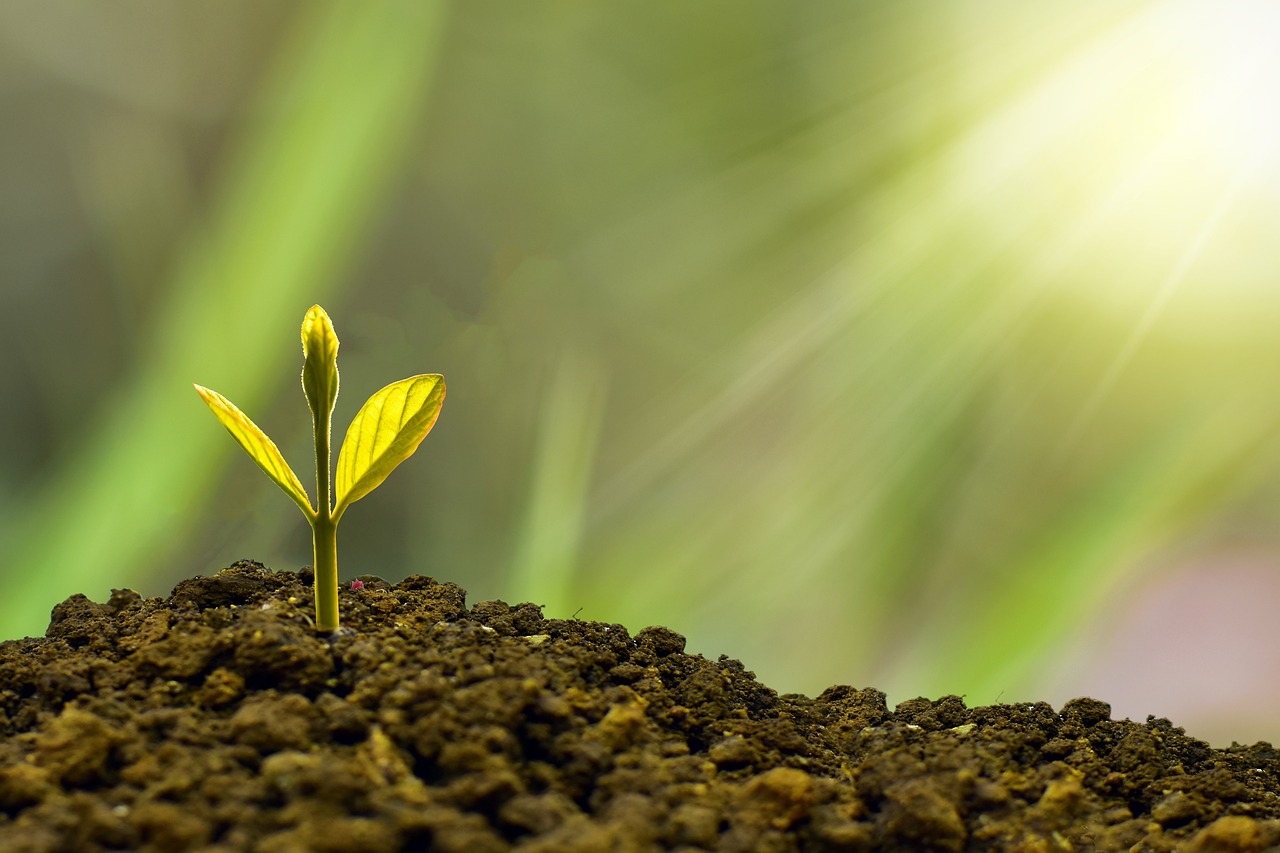
Trees provide numerous benefits for both people and the environment, whether it be providing shade and visual beauty or serving as a source of timber for construction and other uses. Planting trees will not only benefit the environment but also the earth’s inhabitants. In this article, we will explore how to plant trees for maximum benefit, including the best species for timber and shade, planting techniques, harvesting tips, and more.
Best Trees for Timber:
When planting trees for timber, it is important to choose species that thrive in your particular climate and soil type. Some of the best trees for this purpose include oak, maple, spruce, pine, and cedar. These species are known for their sturdy wood and longevity, making them ideal for construction purposes.
Best Trees for Shade:
If you’re looking to plant trees for shade, consider species that grow quickly and have broad canopies that will provide ample coverage for your outdoor space. Some of the best trees for shade include maple, oak, poplar, birch, willow, and elm. These species are known for their fast growth and large, leafy canopies that can shield you from the sun’s harsh rays.
How to Plant Trees:
When planting trees, it is essential to follow proper planting techniques to ensure they thrive. Here are some key steps to keep in mind:
– Start by selecting the best location for your tree, taking into account factors like sunlight, soil conditions, and water availability.
– Dig a hole that is roughly two to three times the size of the root ball, and loosen the soil at the bottom of the hole with a garden fork or shovel.
– Carefully remove the tree from its container or burlap sack and place it in the hole, making sure the entire root ball is below ground level.
– Backfill the hole with soil and pack it down firmly to eliminate any air pockets.
– Water the tree thoroughly and add a layer of mulch around the base to help retain moisture and prevent weeds.
Best Time to Harvest:
When it comes to harvesting trees for timber, the best time will depend on the species of tree and the intended use. For hardwood trees like oak and maple, it is recommended to wait until they are at least 60-80 years old before harvesting. Softwood trees like pine and spruce can be harvested at a younger age, typically around 25-30 years old.
It is important to plan ahead when harvesting trees for timber, as it can take many years for the tree to reach maturity. Additionally, it is important to consider sustainability when harvesting, planting new trees to replace those removed.

How Many Trees to Plant:
The number of trees you should plant will depend on factors like your available space, your purpose for planting (timber or shade), and the species of tree you choose. A general rule of thumb is to plant one tree per 1000 square feet of outdoor space, but you may want to adjust this based on your specific needs and preferences.
Planting trees is a wonderful way to enhance your property while also contributing to the environment. Whether you are planting for timber or shade, there are many species to choose from that can provide both practical benefits and aesthetic beauty. By following proper planting techniques and considering factors like harvesting time and sustainability, you can plant trees that will thrive for years to come.
The Author:
Pioneerthinking.com – Ingredients for a Simple Life.
Photo. Nature Design

